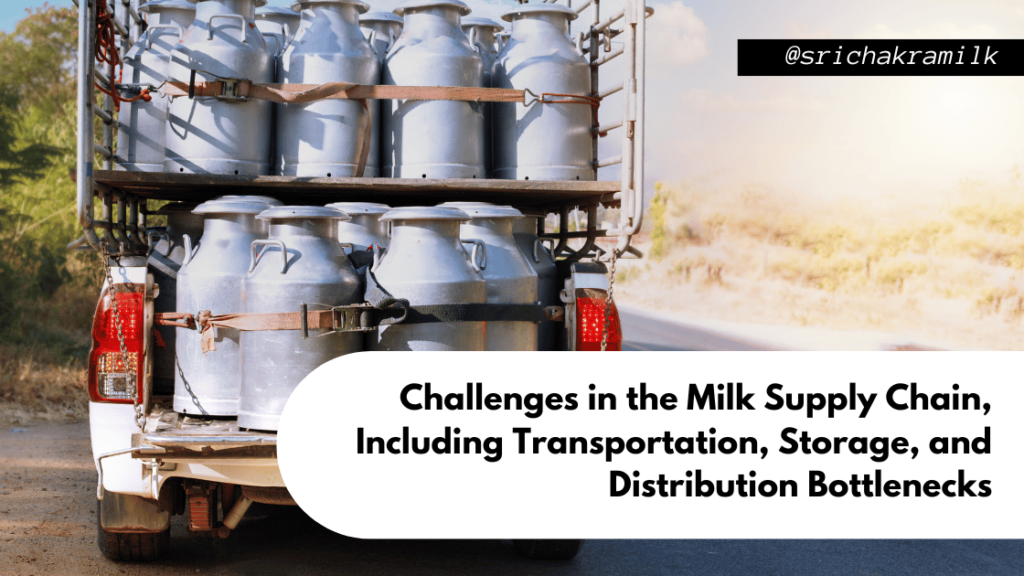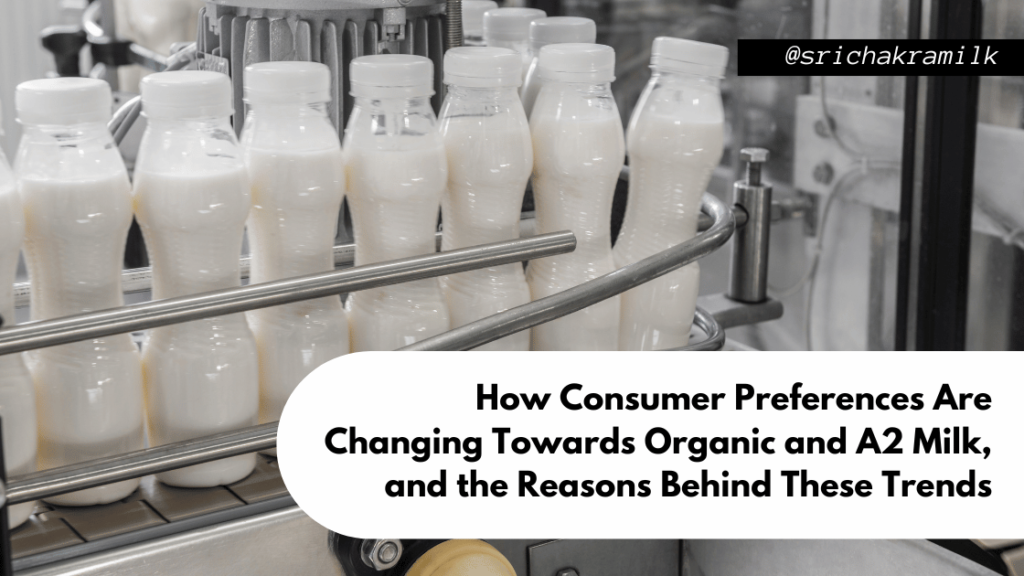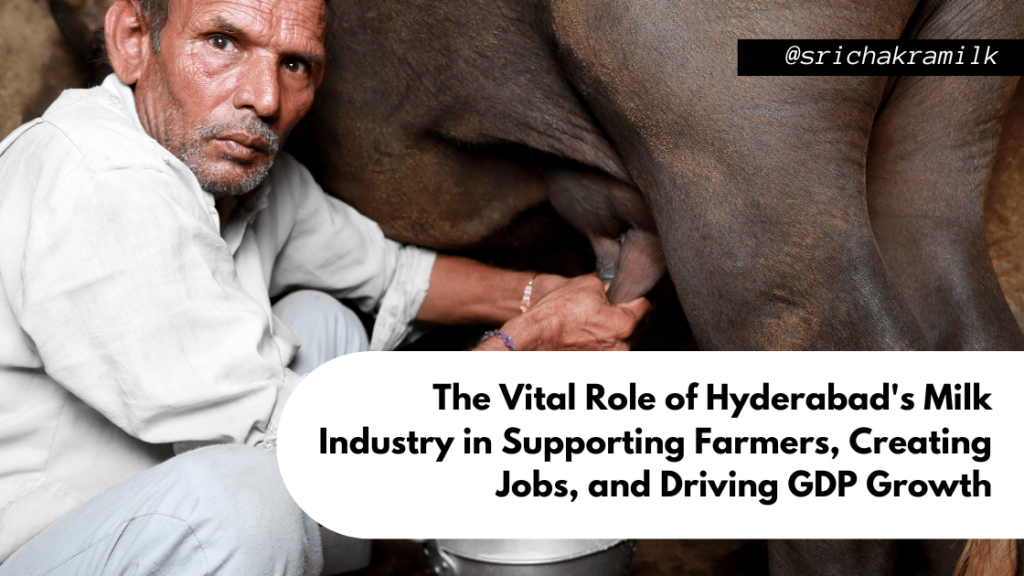Introduction to the Milk Supply Chain
The milk supply chain is a complex network involving the production, transportation, storage, and distribution of milk from farms to consumers. Each stage is crucial to ensure that the milk remains fresh and safe for consumption. However, this intricate system faces numerous challenges that can disrupt the supply chain and affect milk quality. In this article, we delve into the key challenges within the milk supply chain, particularly focusing on transportation, storage, and distribution bottlenecks.
Transportation Challenges in the Milk Supply Chain
High Transportation Costs
One of the significant challenges in the milk supply chain is the high cost of transportation. Transporting milk requires specialized vehicles equipped with refrigeration systems to maintain the milk at optimal temperatures. These refrigerated trucks, commonly known as milk tankers, are expensive to operate and maintain. The costs associated with fuel, labor, vehicle maintenance, and refrigeration contribute to the overall high transportation expenses.
Inadequate Infrastructure
Inadequate infrastructure is another major hurdle in the transportation of milk. Rural areas, where many dairy farms are located, often lack well-maintained roads and efficient transportation networks. Poor road conditions can lead to delays, increased wear and tear on vehicles, and higher operational costs. Additionally, remote locations may not have access to reliable refrigeration facilities, further complicating the transportation process.
Fuel Price Volatility
The volatility of fuel prices directly impacts the cost of transporting milk. Fluctuations in fuel prices can significantly affect the profitability of dairy producers and transporters. When fuel prices rise, the cost of transporting milk increases, which can lead to higher prices for consumers or reduced margins for producers. Managing these price fluctuations is a constant challenge for the milk supply chain.
Storage Issues in the Milk Supply Chain
Temperature Control Requirements
Proper storage of milk is critical to maintaining its quality and safety. Milk must be stored at specific temperatures to prevent spoilage and bacterial growth. However, maintaining consistent temperature control can be challenging, especially in regions with extreme weather conditions. Any deviation from the required temperature range can compromise the quality of the milk, leading to spoilage and waste.
Limited Storage Facilities
Many regions, particularly in developing countries, suffer from a lack of adequate storage facilities for milk. This limitation poses a significant challenge, as milk needs to be stored in refrigerated conditions from the point of collection until it reaches the consumer. The absence of sufficient cold storage infrastructure can result in increased spoilage rates and reduced milk availability in the market.
Spoilage and Waste
Spoilage and waste are prevalent issues in the milk supply chain. Improper storage conditions, delays in transportation, and inadequate handling practices can lead to milk spoilage. Spoiled milk not only represents a loss of valuable food resources but also has economic implications for dairy farmers and processors. Reducing spoilage and waste is essential to improving the efficiency and sustainability of the milk supply chain.
Distribution Bottlenecks in the Milk Supply Chain
Logistical Coordination
Effective logistical coordination is crucial for the timely distribution of milk. The perishable nature of milk demands a well-organized distribution network that can ensure quick and efficient delivery. However, coordinating the various stages of the supply chain, from collection at farms to delivery at retail outlets, can be challenging. Any delay or miscommunication can result in milk spoilage and supply chain disruptions.
Market Access Limitations
Access to markets is another significant challenge in the distribution of milk. Small-scale dairy farmers often struggle to reach larger markets due to limited distribution networks and logistical constraints. This limitation can prevent them from expanding their customer base and increasing their income. Enhancing market access through improved distribution infrastructure is vital for supporting dairy farmers and ensuring a stable milk supply.
Regulatory Compliance
Compliance with regulatory standards is essential for the milk supply chain, but it can also pose challenges. Different regions have varying regulations regarding milk quality, safety, and labeling. Ensuring compliance with these regulations requires resources and expertise, which can be particularly challenging for small-scale producers. Navigating the complex regulatory landscape is a constant challenge for the milk supply chain.
Impact of Transportation, Storage, and Distribution Challenges on Milk Quality
The challenges in transportation, storage, and distribution significantly impact milk quality. Poor handling, inadequate temperature control, and delays can lead to spoilage, contamination, and reduced nutritional value. Ensuring high-quality milk requires addressing these challenges through improved infrastructure, better coordination, and adherence to best practices throughout the supply chain.
Technological Innovations in the Milk Supply Chain
Cold Chain Technologies
Cold chain technologies play a crucial role in maintaining the quality of milk during transportation and storage. Advanced refrigeration systems, insulated containers, and temperature monitoring devices help ensure that milk remains at the required temperature throughout the supply chain. These technologies reduce the risk of spoilage and extend the shelf life of milk, benefiting both producers and consumers.
Automated Logistics Systems
Automated logistics systems streamline the transportation and distribution processes in the milk supply chain. These systems utilize advanced software and tracking technologies to optimize routes, monitor vehicle conditions, and coordinate deliveries. Automation enhances efficiency, reduces operational costs, and minimizes the risk of delays and spoilage.
Blockchain for Supply Chain Transparency
Blockchain technology offers a promising solution for enhancing transparency and traceability in the milk supply chain. By recording every transaction and movement of milk on a blockchain, stakeholders can access real-time information about the product’s origin, handling, and quality. This transparency builds trust among consumers and helps identify and address issues promptly.
Sustainable Practices in the Milk Supply Chain
Eco-friendly Transportation Solutions
Adopting eco-friendly transportation solutions is essential for reducing the environmental impact of the milk supply chain. Electric vehicles, hybrid trucks, and alternative fuels can help lower carbon emissions and reduce dependence on fossil fuels. Implementing green transportation practices not only benefits the environment but also enhances the sustainability of the dairy industry.
Energy-efficient Storage
Energy-efficient storage solutions are critical for reducing the energy consumption and environmental footprint of the milk supply chain. Utilizing energy-efficient refrigeration systems, insulating storage facilities, and optimizing energy use can significantly lower operational costs and contribute to sustainability goals.
Waste Reduction Initiatives
Reducing waste is a key focus in making the milk supply chain more sustainable. Implementing practices such as better inventory management, improved packaging, and efficient distribution can help minimize spoilage and waste. Encouraging recycling and reusing materials also contributes to a more sustainable supply chain.
Future Prospects for Overcoming Milk Supply Chain Challenges
The future of the milk supply chain lies in addressing the existing challenges through innovation, collaboration, and sustainability. Technological advancements, improved infrastructure, and better regulatory frameworks will play a crucial role in overcoming transportation, storage, and distribution bottlenecks. By focusing on these areas, the milk supply chain can become more efficient, resilient, and capable of meeting the growing demand for high-quality milk.
Frequently Asked Questions
What are the main challenges in the milk supply chain?
The main challenges in the milk supply chain include high transportation costs, inadequate infrastructure, temperature control requirements, limited storage facilities, logistical coordination, market access limitations, and regulatory compliance.
How does transportation affect milk quality?
Transportation affects milk quality by exposing it to temperature fluctuations and potential delays. Poor handling and inadequate refrigeration can lead to spoilage and contamination, compromising the quality of the milk.
What technologies are used to maintain milk quality during transportation?
Technologies used to maintain milk quality during transportation include advanced refrigeration systems, insulated containers, temperature monitoring devices, and automated logistics systems.
How can the milk supply chain become more sustainable?
The milk supply chain can become more sustainable by adopting eco-friendly transportation solutions, energy-efficient storage, and waste reduction initiatives. Implementing green practices and utilizing renewable energy sources are also crucial.
Conclusion
The milk supply chain faces numerous challenges, particularly in transportation, storage, and distribution. High transportation costs, inadequate infrastructure, temperature control requirements, limited storage facilities, logistical coordination, and regulatory compliance are just some of the hurdles that need to be addressed. By leveraging technological innovations, adopting sustainable practices, and improving infrastructure, we can overcome these challenges and ensure a steady supply of high-quality milk to consumers. The future of the milk supply chain depends on our ability to adapt, innovate, and collaborate to create a more efficient and sustainable system.




